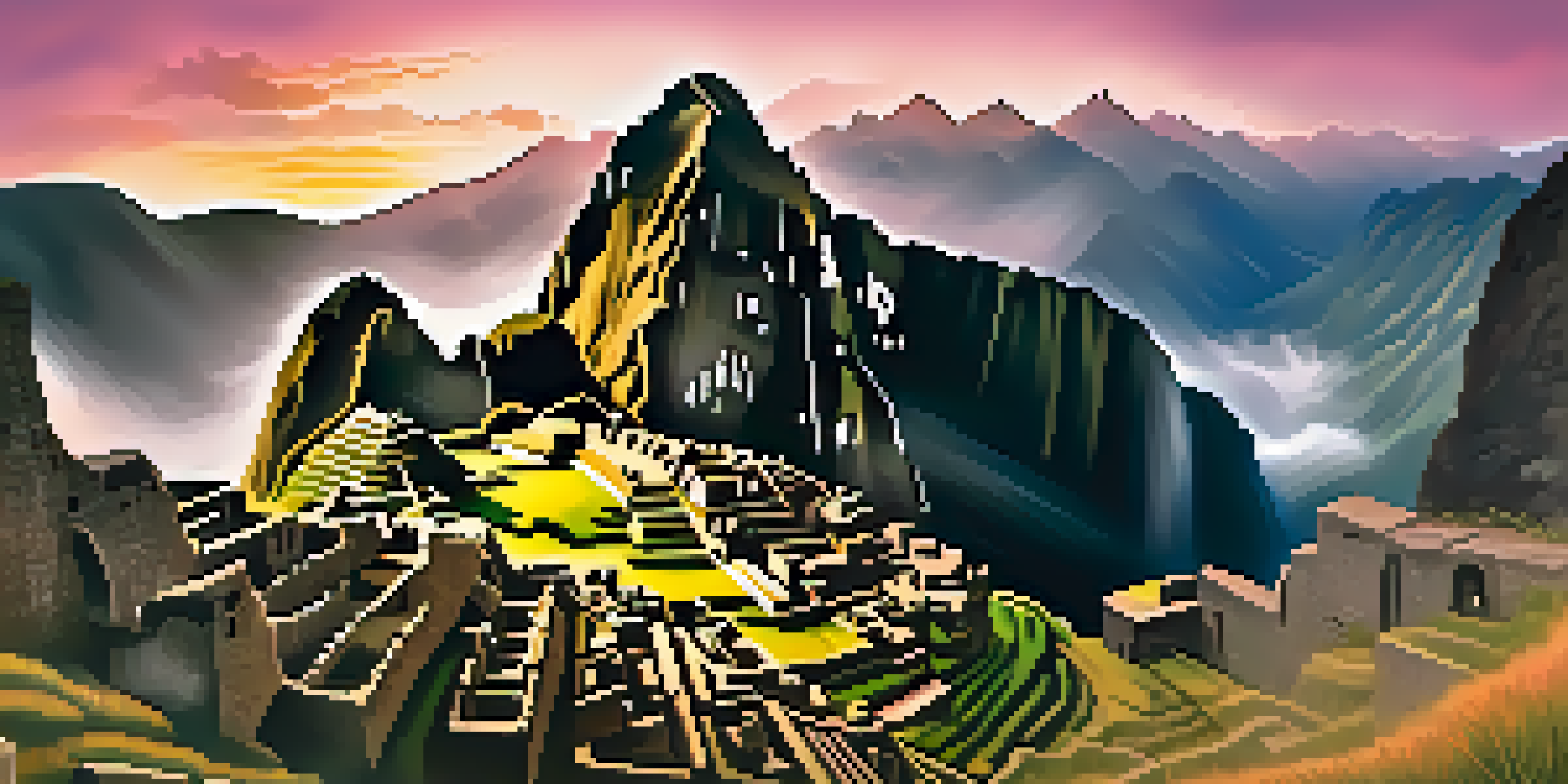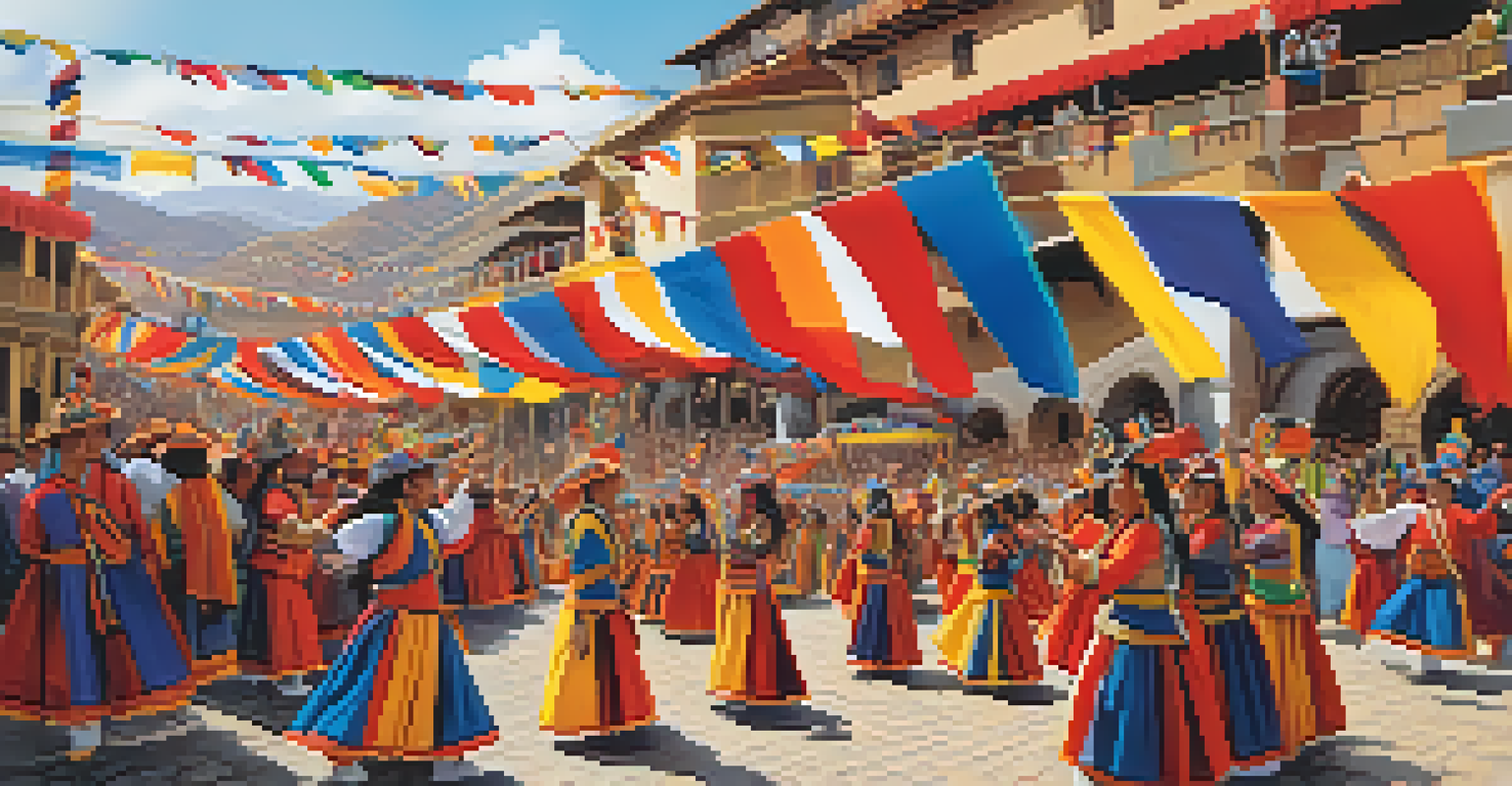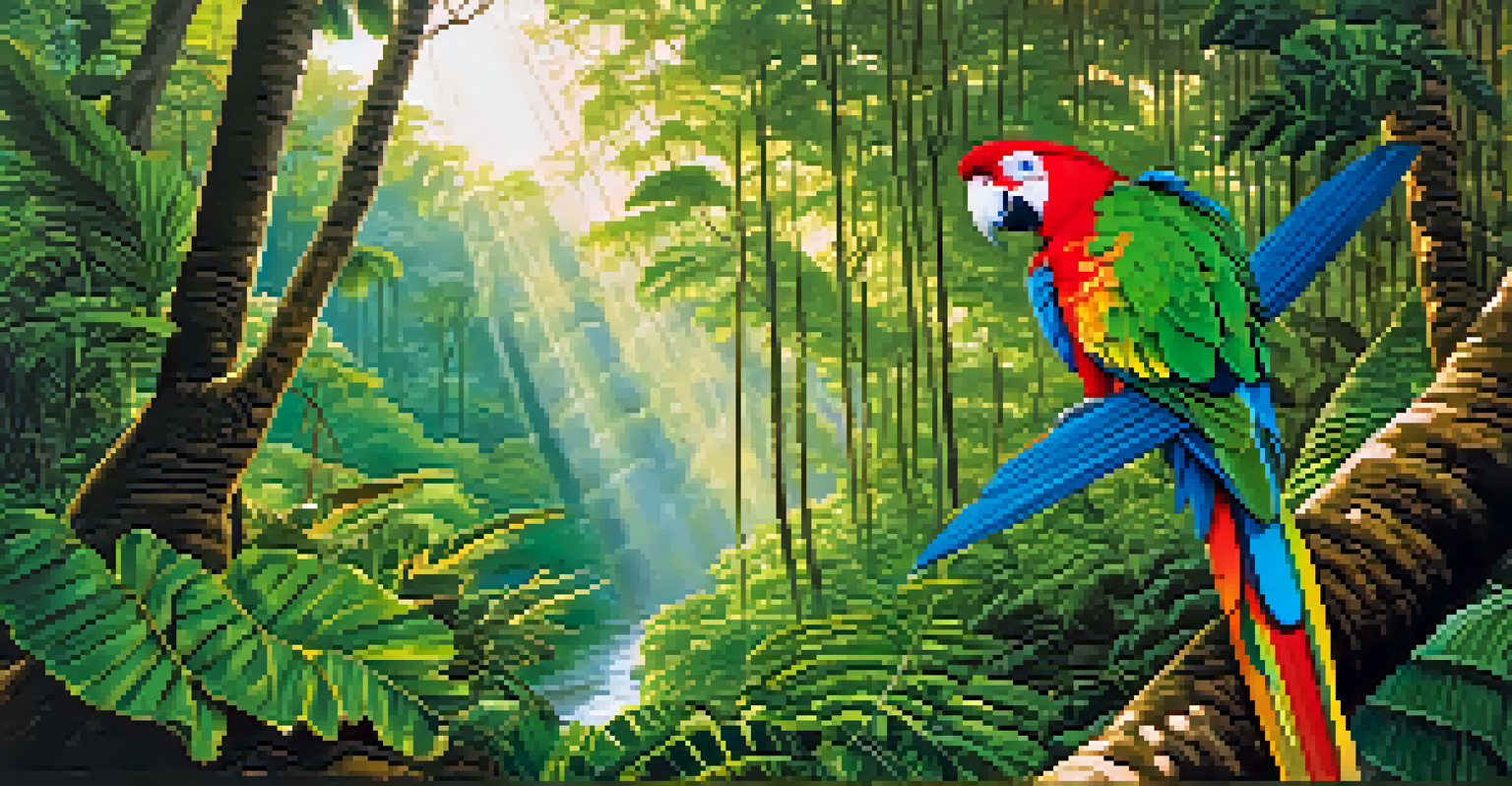The 20th Century: A Turning Point for Tourism in Peru

The Early 20th Century: Foundations of Peruvian Tourism
At the turn of the 20th century, Peru was still relatively unexplored by international travelers. The country offered a rich tapestry of history, culture, and natural beauty, but it was largely off the beaten path for most tourists. However, the establishment of railroads and improved infrastructure began to lay the groundwork for future tourism growth.
Travel is fatal to prejudice, bigotry, and narrow-mindedness, and many of our people need it sorely on these accounts. Broad, wholesome, charitable views of men and things cannot be acquired by vegetating in one little corner of the earth all one's lifetime.
Railroads, such as the Central Railway, connected major cities and made remote areas more accessible. For instance, the journey to Machu Picchu became less daunting, inviting adventurers to discover its ancient ruins. The stage was set for a burgeoning interest in Peru’s unique offerings as travel became more feasible.
Additionally, the growing global fascination with archaeology and indigenous cultures piqued interest in Peru. As the world began to appreciate the importance of preserving history, travelers sought out destinations that showcased these elements, placing Peru on the radar of curious explorers.
The Impact of World War II on Peruvian Tourism
World War II had a profound impact on global travel patterns, and Peru was no exception. While many countries faced travel restrictions, Peru found itself relatively stable and open to visitors. This situation created a unique opportunity for the nation to cultivate its tourism sector during a challenging time worldwide.

As European destinations became less accessible, travelers turned their sights to South America. Peru's exotic landscapes, from the Andes mountains to the Amazon rainforest, offered an appealing alternative for those seeking adventure. The war era inadvertently positioned Peru as a safe and exciting destination for tourists.
Foundations of Peruvian Tourism
The establishment of railroads and infrastructure in the early 20th century made Peru more accessible to international travelers.
Moreover, the influx of visitors during this period helped local economies, fostering a sense of pride and identity among Peruvians. The blending of cultures that occurred during these interactions enriched the travel experience, paving the way for future tourism growth in the decades to come.
The 1960s: The Birth of Organized Tourism in Peru
The 1960s marked a significant turning point for tourism in Peru with the establishment of organized tour companies. These companies began to offer structured itineraries that highlighted the country's most iconic sites, making travel easier and more appealing for both domestic and international tourists. This era saw a rise in promotional efforts that showcased Peru's rich cultural heritage.
The journey not the arrival matters.
One of the most significant developments was the promotion of the Inca Trail and Machu Picchu. As more travelers learned about these wonders, they began to seek out guided experiences, which helped to enhance the overall visitor experience. The allure of adventure tourism began to take root, encouraging exploration beyond the typical tourist paths.
Additionally, the government recognized tourism's potential as an economic driver. Efforts were made to improve facilities, such as hotels and restaurants, catering specifically to the needs of travelers. This commitment to tourism laid the groundwork for the boom that would follow in the subsequent decades.
Cultural Events and Festivals: A New Attraction
As tourism began to flourish in Peru, cultural events and festivals emerged as major attractions for visitors. Celebrations such as Inti Raymi, the Festival of the Sun, drew crowds eager to experience traditional music, dance, and rituals firsthand. These events not only enriched the visitor experience but also helped preserve Peru's cultural heritage.
The introduction of these festivals provided tourists with unique insights into local customs and traditions. Visitors could immerse themselves in vibrant celebrations that highlighted the country’s diverse indigenous cultures. This cultural exchange fostered a deeper appreciation for Peru's heritage among travelers.
Cultural Festivals Enhance Tourism
Cultural events like Inti Raymi provide tourists with unique insights into Peru's diverse heritage while benefiting local communities.
Moreover, these events often became a focal point for community involvement, benefiting local artisans and performers. By showcasing their talents, they contributed to the authenticity of the experience, making tourism more meaningful for both visitors and locals alike.
The Rise of Eco-Tourism in the Late 20th Century
By the late 20th century, a new trend began to emerge: eco-tourism. As global awareness of environmental issues grew, so did the demand for sustainable travel options. Peru, with its rich biodiversity and breathtaking landscapes, became a prime destination for eco-conscious travelers seeking to connect with nature responsibly.
National parks, such as Manu and Huascarán, opened their doors to visitors eager to explore their unique ecosystems. Guided tours that emphasized conservation and education became increasingly popular, allowing tourists to enjoy Peru's natural beauty while supporting local conservation efforts. This shift represented a significant evolution in the tourism industry.
Furthermore, eco-tourism encouraged local communities to engage in sustainable practices that benefited both the environment and the economy. By prioritizing conservation, Peru positioned itself as a leader in responsible tourism, attracting travelers who valued authentic experiences and environmental stewardship.
The Role of Technology in Shaping Tourism
As the 20th century progressed, technology began to play a crucial role in shaping the tourism landscape in Peru. The advent of the internet transformed how travelers researched and booked their trips, making information more accessible than ever before. This technological shift opened up a world of possibilities for potential visitors.
Online platforms allowed travel agencies to showcase the beauty of Peru, offering virtual tours and detailed itineraries that sparked interest among globetrotters. Social media also became a powerful tool for sharing experiences, with travelers posting stunning photos of destinations like Machu Picchu, inspiring others to follow in their footsteps.
Eco-Tourism's Rise in Peru
The late 20th century saw a surge in eco-tourism as travelers sought sustainable experiences that connected them with Peru's rich biodiversity.
Additionally, technology improved logistics, making transportation within Peru more efficient. The introduction of low-cost airlines and better road networks enabled tourists to explore diverse regions of the country, further enhancing the overall travel experience. This interconnectedness ultimately contributed to Peru's rise as a top travel destination.
The Future of Tourism in Peru: Lessons from the Past
As we look to the future, the lessons learned from the 20th century provide valuable insights for the tourism industry in Peru. The importance of preserving cultural heritage, promoting sustainable practices, and embracing technology will remain key factors in shaping the next era of tourism. Peru's rich history offers a unique foundation upon which to build.
Ongoing efforts to protect natural resources and cultural sites are essential as tourism continues to grow. Engaging local communities in tourism development not only ensures economic benefits but also fosters a sense of pride and responsibility towards preserving their heritage. This collaborative approach can lead to a more enriching experience for both visitors and locals.

Ultimately, the future of tourism in Peru hinges on balancing growth with sustainability. By honoring the past and learning from it, Peru can continue to thrive as a premier travel destination that captivates the hearts of travelers for generations to come.